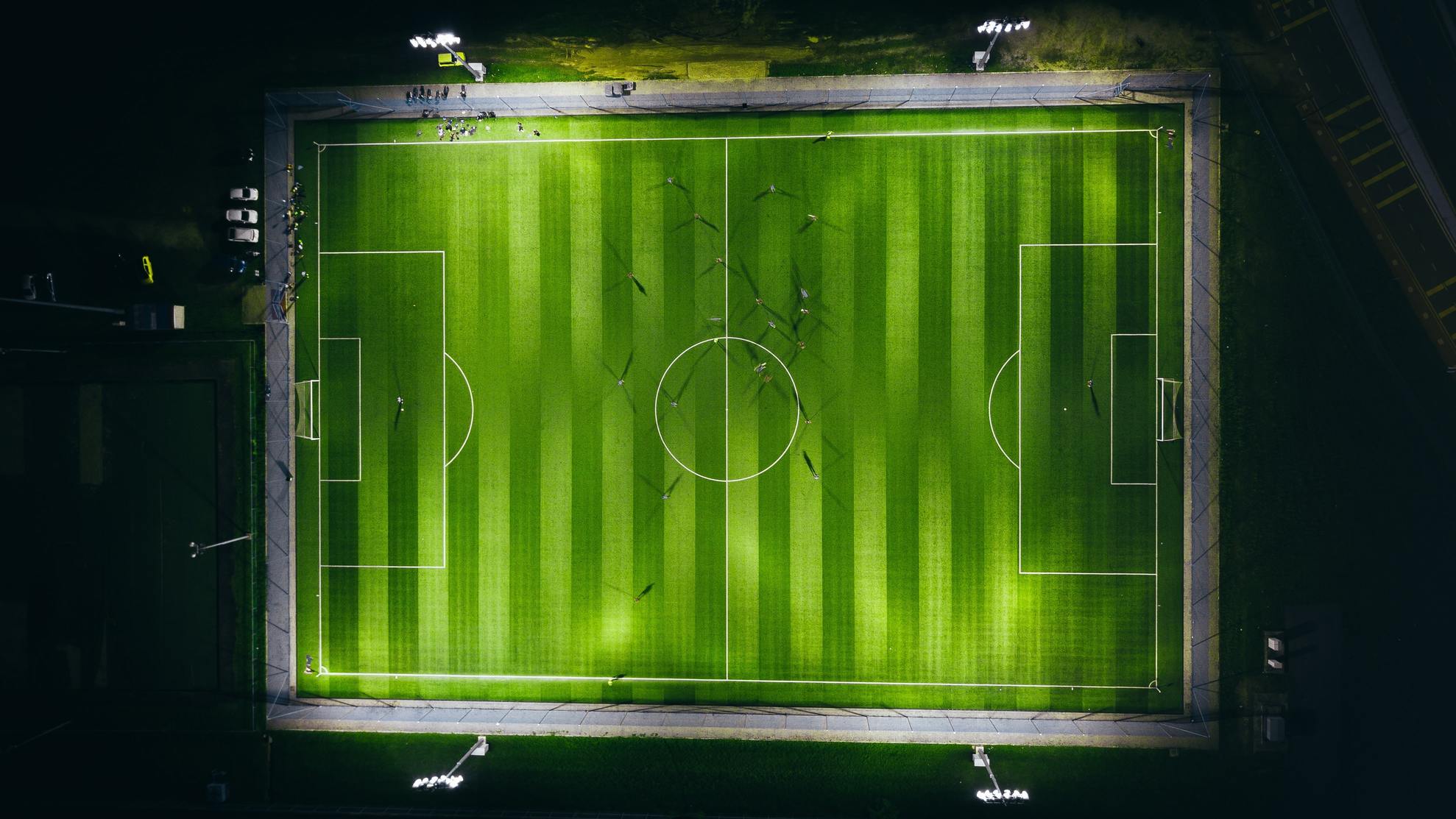
LED Sports and Stadium Lights
This article outlines the specifics, pros, and cons of sports and stadium lighting, along with the benefits obtained from the usage of LED systems.
How stadium lighting is defined?
Sports such as soccer, basketball, etc., require high and well-designed lighting standards to assure the proper flow of the game. To accomplish this, powerful lights, known as stadium lighting or projectors, are installed on large field poles or stadium rings, and aimed at specified angles. LED stadium lights have outperformed all other conventional lighting fixtures due to their unique features including dynamic nature, efficacy, and controllability.
What are the benefits of LED lights for sports and stadiums?
LED lights are exceptionally brilliant and last longer than any other lighting product in sports arenas. Though there were other lighting products used prior to LED sports solutions being introduced in 1962, their arrival has forced dominance over the industry due to their unique qualities.
LED lighting lowers the operating expenses of sports – Illuminating stadiums with conventional lights is expensive and will make the day-to-day running of the arena for training purposes more difficult or confined to specific sections of the stadium or daylight use to make use of the natural sunlight. Effective in all weather conditions – in winter and summer, LED lights to work effectively because they are not affected by these weather conditions. Cold weather with ice and snow will slow down the heating of filaments for traditional lights, hot weather can make them overheat. LED lights are resistant to these conditions and are not affected by heat or snow.
Considerations when selecting LED lights for stadiums
There are some key factors to take into account when picking the right LED lighting options for sports and stadiums, which are critical in deciding the effectiveness of the appropriate LED luminaires for the stadium. These factors involve:
- Energy efficiency: different LED lights have different light efficiencies; this depends on the LED light produced for use in the stadium.
- Anti-glare: If the glare index of the stadium lighting is high, the player is subjected to a curtain of intense light, which discourages the player from seeing and following a flying ball, resulting in poor performance and even injury.
- Heat dissipation system: A solid cooling system is very important for LED stadium lights, which are similar to any high-powered computer or electronic system that requires good heat dissipation. Heat is a major factor to be studied and solved as too much heat can cause problems in the stadium.
- Ease of installation: With advances in system technology, and installation procedures, you should logically aim for LED solutions that are easy to install and set up in the stadium.